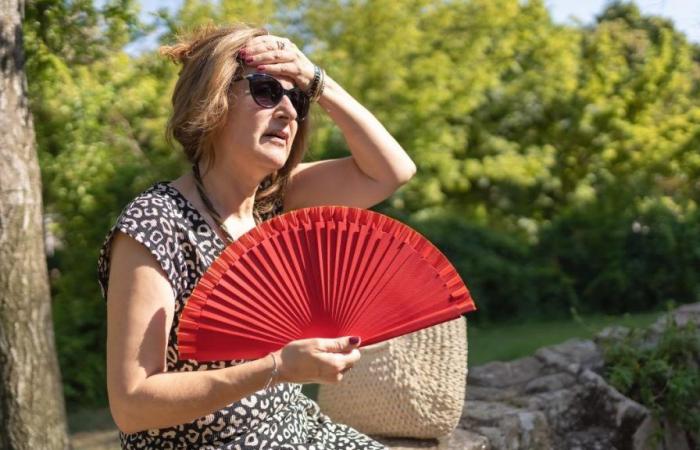This Monday, the Ministry of Health activated the new heat health alert system that, as a novelty, divides Spain into 182 ‘meteohealth’ zones, instead of the 52 provinces that were used until now.
These are the same areas that the AEMET delimits to issue its meteorological warnings, grouping all the municipalities that share similar climatic characteristics within each province since the Sierra de Gredos in Cáceres is not the same as a town located 30km to the south.
This new reformulation of the National Plan for Preventive Actions due to High Temperatures, known as the ‘Heat Plan’, “is the instrument through which we attempt to reduce the impact of excess temperatures on the health of the population, defining when, where and at what level the warnings are given”, as explained by the Minister of Health, Mónica García, this Monday at a press conference.
Thus, starting today, alerts are activated in 130 new ‘meteohealth’ zones, which are added to the 52 provinces that already activated the Heat Plan on May 16. These zones are determined by AEMET for weather prediction purposes with similar climatologies of adverse weather events (AMF) and, therefore, can be considered homogeneous areas of territory from a climatological point of view in terms of the behavior of daily temperatures.
This way, 35ºC in Córdoba would be equivalent to 25ºC in Galicia since, as explained by the person responsible for health and climate change in the Ministry of Health, Héctor Tejero, “the temperature It does not impact the same in the different regions of Spain“.
“There are regions where the heat alert thresholds are at 35º and others where the health impacts occur much earlier, at 25º, such as Galicia, since The houses are not adapted, nor are the streets and people are not used to high temperatures,” he explained.
For example, on the coast of Cadizthe high temperature threshold is located in the 34.7ºCalthough in the Cádiz countryside this amounts to 38.8ºC, more than four degrees Celsius more. On the other hand, in the provincial system, the risk level for Cádiz – for the entire province – is 39.6ºC.
More striking is the case of Lugo, where in A Mariña (in the north) the alert is triggered at 25.5ºC, but, in the southern part of the province, the threshold is located at 37.1ºC, almost 10ºC. further. Thus, on the Asturian coast, the alert level is activated at 23.9ºC. On the other hand, in other areas of Spain, such as the Sierra Norte of Seville, the risk begins in the 40ºC.
Therefore, Héctor Tejero has stressed the need to reinforce prevention “both in the south, where it was already hot, and in the north, where it is starting to get much hotter.”
The new ‘meteohealth’ alert system is based on the coordination between the Health and Climate Change Observatory and the AEMET since, until now, “weather warnings depended only on temperature”, and now, they have joined the health warnings of the Ministry of Health. “We have coordinated so that AEMET prioritizes the ‘MeteoSalud’ notices from the Ministry of Health in its warnings,” he added.
2024 Heat Advisory Map






